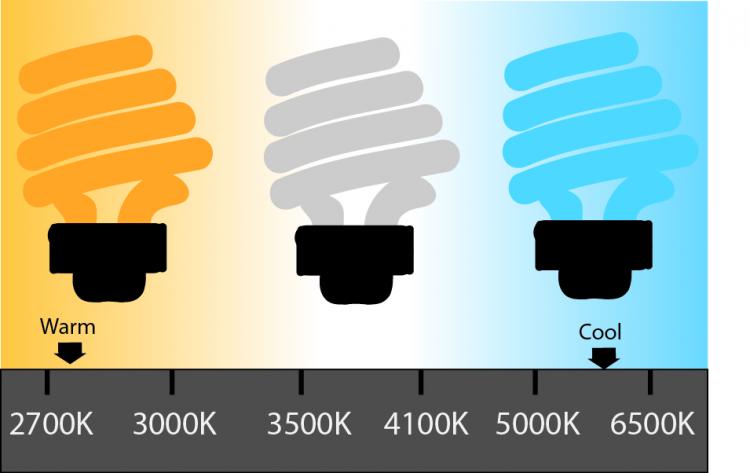If you haven’t swapped out your incandescent light bulbs for energy saving models, it’s time to get moving. In fact, you may no longer have much choice. A bill, signed into law by President George W. Bush in 2007, called for the phase out of inefficient incandescent bulbs and established energy efficiency standards for all light bulbs. By Jan 1, 2014 all manufacturers had to halt production of incandescent bulbs or make significant efficiency improvements.
There are still incandescent light bulbs available for purchase today, but eventually the supply will dwindle and everyone in the United States will have to make the change to more efficient models.
If you’re considering making the switch, here’s what you need to know before you hit the store.
The Lighting Facts label
Comparing energy efficient bulbs is fairly easy once you’ve figured out where to look. The Federal Trade Commission requires that all screw-based light bulb packaging includes a Lighting Facts Label. This is similar to the Energy Guide provided with appliances and electronics, and is meant to make comparing products easier for consumers.
You should find the following information on the Lighting Facts Label:
- The bulb’s brightness, measured in lumens
- The estimated yearly energy cost of the light
- The estimated lifespan you can expect from the bulb
- The light’s appearance, from warm to cool
Light bulb lingo
While all of the information you need is neatly labeled on every light bulb package, it wouldn’t hurt to understand what each component of the label means. Here’s a breakdown of the information you’ll find and compare when you’re shopping.
1. Lumens
If you’ve spent any time shopping for lights, you’ve probably noticed that the energy efficient options have a much lower wattage than what you’re used to. For example, a 60 watt incandescent bulbs should be replaced with an LED bulb that’s just 8-13 watts.
This smaller number is not because the bulbs are less powerful or emit less light, but because they are more efficient. Watts refer to the amount of power used by the device, so a lower number means energy savings.
However, don’t put much focus on wattage when you’re shopping for light bulbs. It’s lumens that are most important. Lumens determine the brightness of an energy efficient bulb. The more lumens a light bulb has, the brighter it will be.
Here’s an easy guide to help you choose the right amount of lumens when you’re replacing an incandescent bulb:
- For a 100 watt bulb, choose something with approximately 1,600 lumens
- For a 60 watt bulb, choose something with approximately 800 lumens
- For a 40 watt bulb, choose something with approximately 450 lumens

2. Color
In the past, energy efficient bulbs were criticized for their harsh color, a stark comparison to the warm, yellowish glow of incandescent lights. However, today’s modern energy efficient lights offer a rainbow of color options.
Although you can find energy efficient lights in funky purple hues or a fiery red, white lights are most popular in homes. For a warmer, incandescent look, find a bulb that’s 2,700K to 3,500K (Kelvins). For cooler tones, anything above 4,100K should hit the mark. And if you want a natural white, choose a bulb in the range of 3,500K to 4,100K.
3. Yearly energy cost
The Lighting Facts label includes an estimate for how much the light bulb will cost you each year. LED and CFL bulbs can be up to 75 percent more efficient than an incandescent light, which means you’ll spend very little powering your lights. These costs vary based on how often the bulb is used and the rate you pay for electricity. Although it’s only an estimate, it should be considered when you shop for new lighting—the less you’ll have to spend the better.
4. Lifespan
CFL and LED bulbs can last up to 25 times longer than incandescent bulbs, which should be factored in when you consider making a purchase. Although energy efficient bulbs are more expensive upfront, you’ll change them far less frequently. Look for a bulb that has a long life-span for a good deal.
